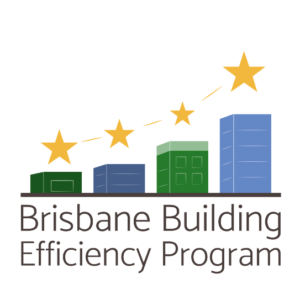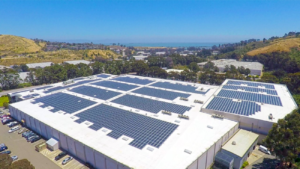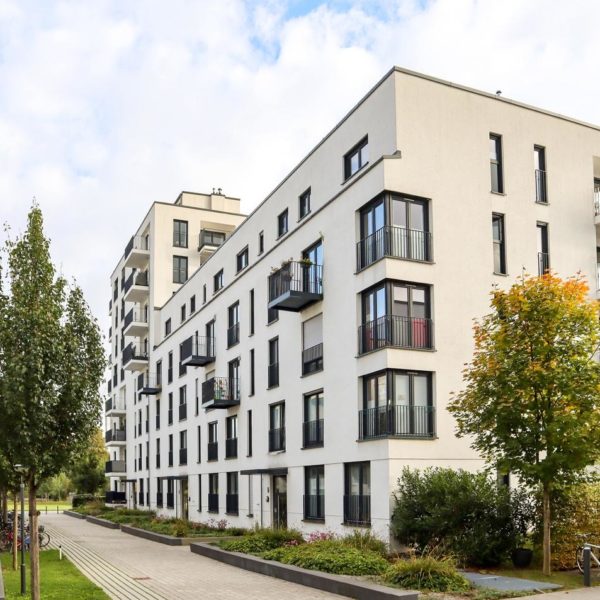The 12th Annual California Climate & Energy Forum took place from August 3-19, 2021. During these three weeks, climate and energy practitioners shared with us 60+ best practices and came together to discuss how to Transform Tomorrow Together. The best practice presented in this article was featured in Webinar 11, view the presentation slides and video recording to the right!
Brisbane’s Toolkit for a Building Efficiency Program
By Adrienne Etherton, Sustainability Manager, City of Brisbane
 The City of Brisbane launched the Building Efficiency Program to address energy and water use in existing buildings to help make them more efficient, thereby saving owners money, improving the safety and comfort of our building stock, and reducing emissions that are driving climate change. In Brisbane, roughly 30% of greenhouse gas emissions come from energy used in commercial and industrial buildings, second only to transportation emissions, and similar to many cities where this sector is among top emissions contributors.
The City of Brisbane launched the Building Efficiency Program to address energy and water use in existing buildings to help make them more efficient, thereby saving owners money, improving the safety and comfort of our building stock, and reducing emissions that are driving climate change. In Brisbane, roughly 30% of greenhouse gas emissions come from energy used in commercial and industrial buildings, second only to transportation emissions, and similar to many cities where this sector is among top emissions contributors.
The program started in 2018 with support from a Climate Protection Grant from the Bay Area Air Quality Management District, which allowed the city to bring on consultants from The Energy Coalition. After a market analysis and review of policies around the state and world, the team developed a local ordinance. Adopted by the Brisbane City Council in December 2019, it requires most owners of local buildings 10,000 square feet or more to benchmark their building and report results to the city annually on May 15th starting in 2021. Later, in the “Beyond Benchmarking” stage, buildings will need to either show that they are high-performing or take steps to improve. Several options to demonstrate exemplary energy and water performance are available for streamlined compliance.

As a small city, the actions we take in Brisbane will have limited impact compared to the global challenge of climate change. We believe we all must do our part, and learning from our work can help to scale up the impact. That’s why part of our grant program included creating a toolbox to help other cities replicate our program, or others like it. Available to all on the city’s website at www.brisbaneca.org/bbep-toolkit, it provides need-to-know information, editable templates, and first-hand insight into launching a benchmarking and auditing city ordinance.
Every city is unique, from differences in building stock to electricity supply to local political inclination, and that’s why the toolkit aims to share why Brisbane made the decisions we did and point out where others may want to take a different approach. We’re also not the only toolkit in the shed, so we’ve referenced a few others that we know are out there too.
Even with the toolkit, cities will need staff capacity, funds for implementation, and political will. But the payoff is more than small reductions in local building emissions: we anticipate a roughly 14% reduction in emissions from the commercial building sector over the next five years, with the biggest impact from the program coming later from the data and network of building owners and representatives that the program unlocks. Decarbonization is a long game, and Brisbane’s ordinance is just the opening kick off.
Local Government Commission Newsletters
Livable Places Update
CURRENTS Newsletter
CivicSpark™ Newsletter
LGC Newsletters
Keep up to date with LGC’s newsletters!
Livable Places Update – April
April’s article: Microtransit: Right-Sizing Transportation to Improve Community Mobility
Currents: Spring 2019
Currents provides readers with current information on energy issues affecting local governments in California.
CivicSpark Newsletter – March
This monthly CivicSpark newsletter features updates on CivicSpark projects and highlights.



